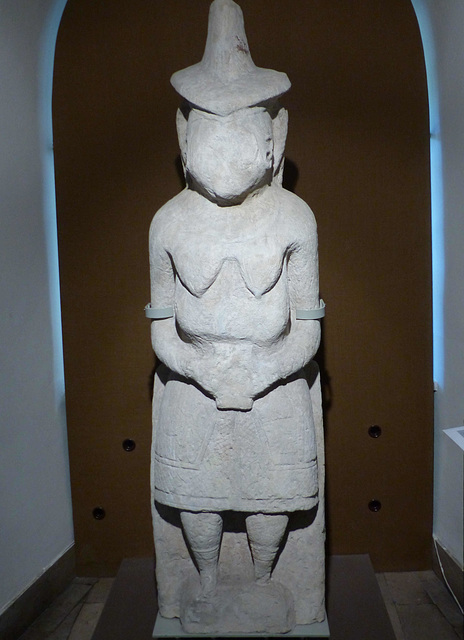Kraków - Kościół Bernardynów
Kraków - Kościół Bernardynów
Kraków - Kościół Bernardynów
Kraków - Bazylika Bożego Ciała
Kraków - Bazylika Bożego Ciała
Kraków - Cmentarz Remuh
Kraków - Synagoga Stara
Kraków - Brama Floriańska
Kraków - Barbakan
Kraków - Golden Elephant
Kraków - Kościół św. Wojciecha
Kraków - Kościół św. Wojciecha
Kraków - Kościół św. Wojciecha
Kraków - Plac Szczepański
Kraków - Plac Szczepański
Kraków - Plac Szczepański
Kraków - Kolegiata św. Anny
Kraków - Kolegiata św. Anny
Kraków - Barbakan
Kraków - Kościół św. Świętego Krzyża
Kraków - Kościół św. Świętego Krzyża
Kraków - Kościół św. Świętego Krzyża
Kraków - Pod Globusem
Kraków - Muzeum Archeologiczne
Kraków - Muzeum Archeologiczne
Kraków - Bazylika św. Franciszka
Kraków - Bazylika św. Franciszka
Kraków - Bazylika św. Franciszka
Kraków - Bazylika św. Franciszka
Kraków - Bazylika św. Franciszka
Kraków - Wawel
Kraków - Katedra Wawelska
Kraków - Katedra Wawelska
Kraków - Katedra Wawelska
Kraków - Katedra Wawelska
Kraków - Katedra Wawelska
Kraków - Katedra Wawelska
Kraków - Katedra Wawelska
Kraków - Katedra Wawelska
Kraków - Katedra Wawelska
Kraków - Katedra Wawelska
Kraków - Wawel
Kraków - Vistula
Kraków - Plac Bohaterow Getta
Kraków - Kościół św. Andrzeja
Location
Lat, Lng:
You can copy the above to your favourite mapping app.
Address: unknown
You can copy the above to your favourite mapping app.
Address: unknown
See also...
Keywords
Authorizations, license
-
Visible by: Everyone -
All rights reserved
-
120 visits
Kraków - Muzeum Archeologiczne


The Archaeological Museum in Kraków is the oldest archaeological museum in Poland. It was founded by a group of intellectuals and academics who belonged to the Kraków Scientific Society (TNK) during the Partitions of Poland. The foreign rule prohibited the existence of Polish patriotic organizations except for the learning societies like the TNK.
The founding act was signed in 1850. Later the Museum started its own archaeological research and thus gained further exhibits (today more than 770.000).
This is a "Cuman Baba". The name “Baba” refers to statues created on the steppe of Europe and Asia from the Neolithic to the Middle Ages.
The creators of the statue are the Cumans, a nomadic people which in the 11th century traveled to the steppe of contemporary Ukraine and Russia.
The stone stele represents a standing woman of natural size but of a disproportionate physique. She is dressed in a caftan reaching down to her knees and a tall hat. Her face details were removed for unknown reasons.
The statue, found in Stadnytsya (near Kyiv), is from c. the 12th/13th century.
The founding act was signed in 1850. Later the Museum started its own archaeological research and thus gained further exhibits (today more than 770.000).
This is a "Cuman Baba". The name “Baba” refers to statues created on the steppe of Europe and Asia from the Neolithic to the Middle Ages.
The creators of the statue are the Cumans, a nomadic people which in the 11th century traveled to the steppe of contemporary Ukraine and Russia.
The stone stele represents a standing woman of natural size but of a disproportionate physique. She is dressed in a caftan reaching down to her knees and a tall hat. Her face details were removed for unknown reasons.
The statue, found in Stadnytsya (near Kyiv), is from c. the 12th/13th century.
kiiti, Paolo Tanino have particularly liked this photo
- Keyboard shortcuts:
Jump to top
RSS feed- Latest comments - Subscribe to the comment feeds of this photo
- ipernity © 2007-2025
- Help & Contact
|
Club news
|
About ipernity
|
History |
ipernity Club & Prices |
Guide of good conduct
Donate | Group guidelines | Privacy policy | Terms of use | Statutes | In memoria -
Facebook
Twitter

Sign-in to write a comment.